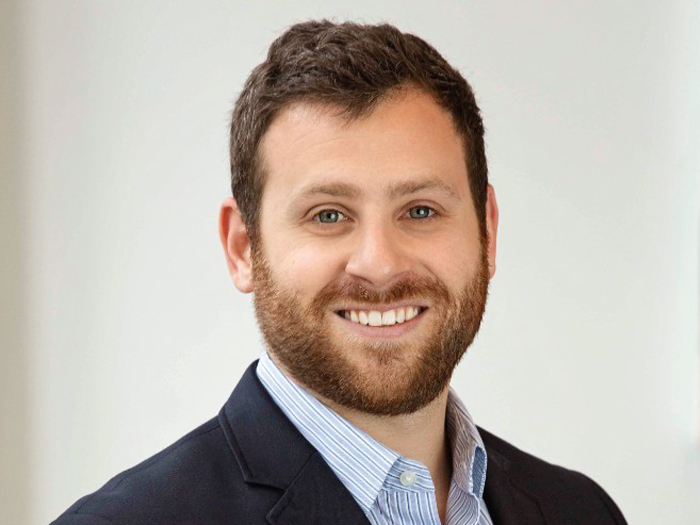400,000 Empty Positions: Why It’s Time Workers’ Comp Shrinks the Talent Gap and Shapes Its Future Leaders

It’s no secret that the talent gap has been on the minds of workers’ compensation professionals over the last few years.
Older workers are clinging to their positions — nearly 20% of Americans aged 65 or older are working past retirement — and when they finally retire they will leave hundreds of thousands of open positions.
“Workers’ comp needs to elevate and create an awareness of all that it has to offer as an industry,” Kathy Galia, general manager of clinical solutions, at Paradigm said.
During a digital session presented as part of the 2020 National Comp conference, experts from Paradigm, The Hartford and the Las Vegas Valley Water District will provide insight into how workers’ comp professionals can shrink the talent gap and prepare for the next generation of future leaders.
The session will take place on March 3 at 2:00 p.m. Eastern Time. Ahead of their talk, Galia and Chris Pricco, chief networks and operations officer, at Paradigm sat down with Michelle Kerr, chair of National Comp and workers’ compensation editor at Risk & Insurance® to answer a few questions about the talent gap and what the industry can do about it.
The Talent Gap at a Glance
If it doesn’t act quickly, the workers’ compensation industry could face a massive talent crisis in the years ahead.
The workers’ compensation and insurance industries skew older, with eight out of 10 millennials report having limited knowledge about careers in these sectors, according to a report from The Institutes, of which Risk & Insurance® is an affiliate.
As older workers — many of whom have worked in insurance for 30 years or more — retire, they’ll leave an abundance of positions in their wake. Estimates from before the pandemic showed that the insurance industry as a whole would need to fill 400,000 positions over the next few years.
Older workers will also take years of industry knowledge with them when they leave, making it especially important for the older generation to mentor young talent before they go.
“I do think mentoring needs to be expanded. As I reflect back on my own career early on in the workers’ compensation industry … [my mentors] were able to provide guidance and wisdom and confidence in decision making abilities,” Galia said.
“A young worker being able to, you know, get counsel from a more senior person who’s been in the industry longer, who may have a broader view of things, can really help that younger worker, [to] see possibilities,” Pricco added.
This isn’t the first time National Comp has taken a look at addressing the talent gap.
During the conference’s one day virtual event in October, the general session “Passing the Torch Without a Stumble: The Coming Decade of Transition from Old to Young” looked at how older workers’ compensation professionals can pass their knowledge to the younger generation.
In November, the digital session “Survey Says! What Your Claims Workforce Really Thinks & Strategies to Optimize Your Talent Pool” dived into how workers’ comp employers can use data about what frontline claims workers want to attract and retain talent.
Elevating the Workers’ Comp Mission
Galia’s and Pricco’s session will build on these previous conversations by discussing how the industry can attract high-performing, young talent by elevating the mission of the workers’ compensation industry.
Younger workers increasingly say that they want their jobs to make a positive contribution to society, in addition to paying well and offering competitive benefits. Surveys have found that 40% of millennials want to have a job they’re passionate about and 64% define a “good job” as one that they’re proud to talk about, according to reporting from Forbes.
“People are paying more attention to what … the mission and vision of an organization [are],” Pricco said.
Unlike other industries that may have to reinvent themselves to appeal to younger generations, workers’ compensation already has a meaningful mission: helping injured workers heal. Workers’ comp carriers and providers frequently cite helping injured employees heal as one of the main tenets of their missions.
“That mission needs to be elevated,” Galia said. “The industry needs to come together collectively and highlight the great work that’s being done.”
The workers’ comp industry can focus on elevating this mission by sharing injured worker success stories and through embracing movements that prioritize doing good, like worker advocacy and the biopsychosocial approach to claims.
You can watch the rest of the Q&A here and register for the full session here. &










